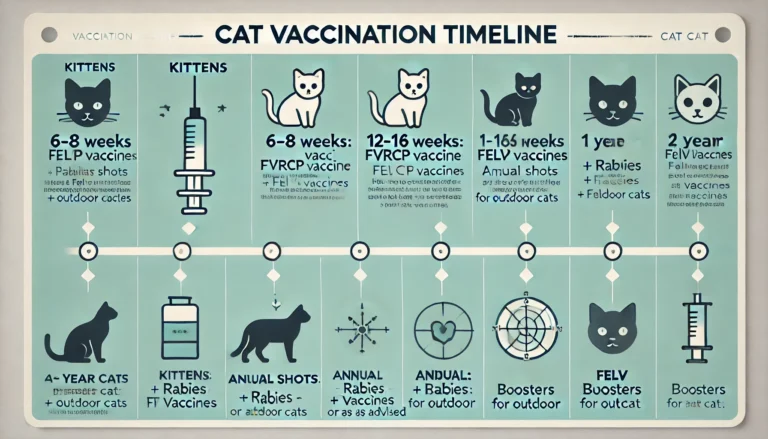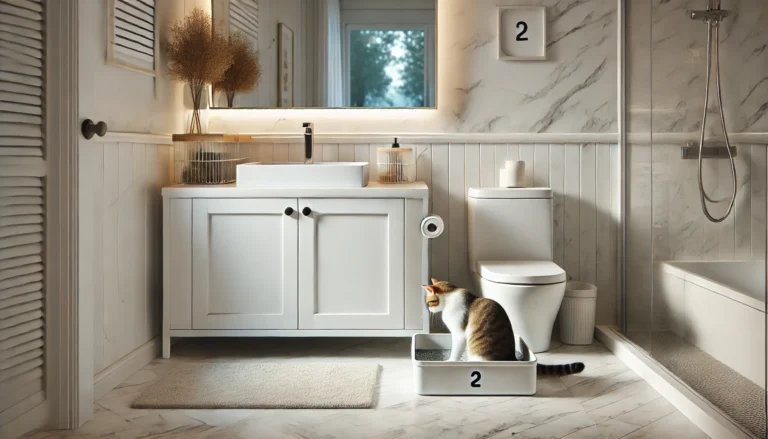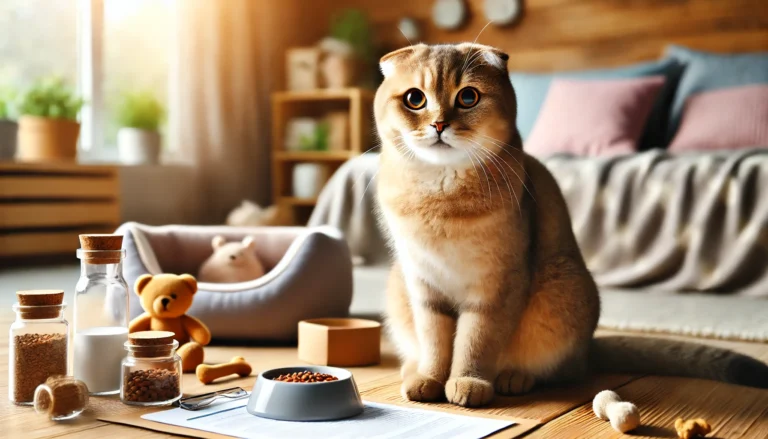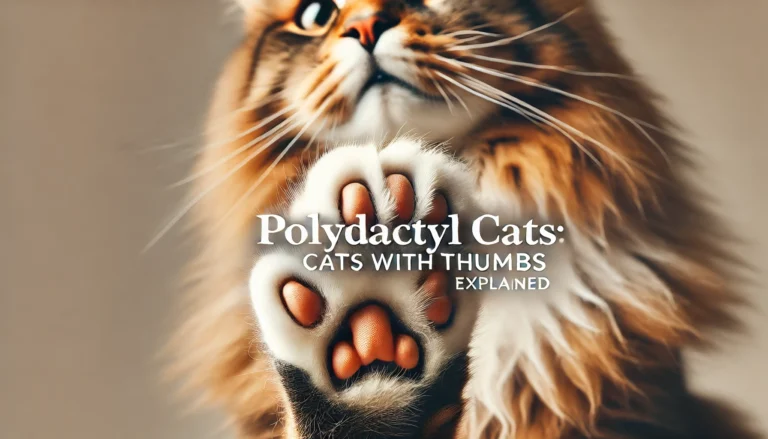cat vomiting: causes, types, and what to do
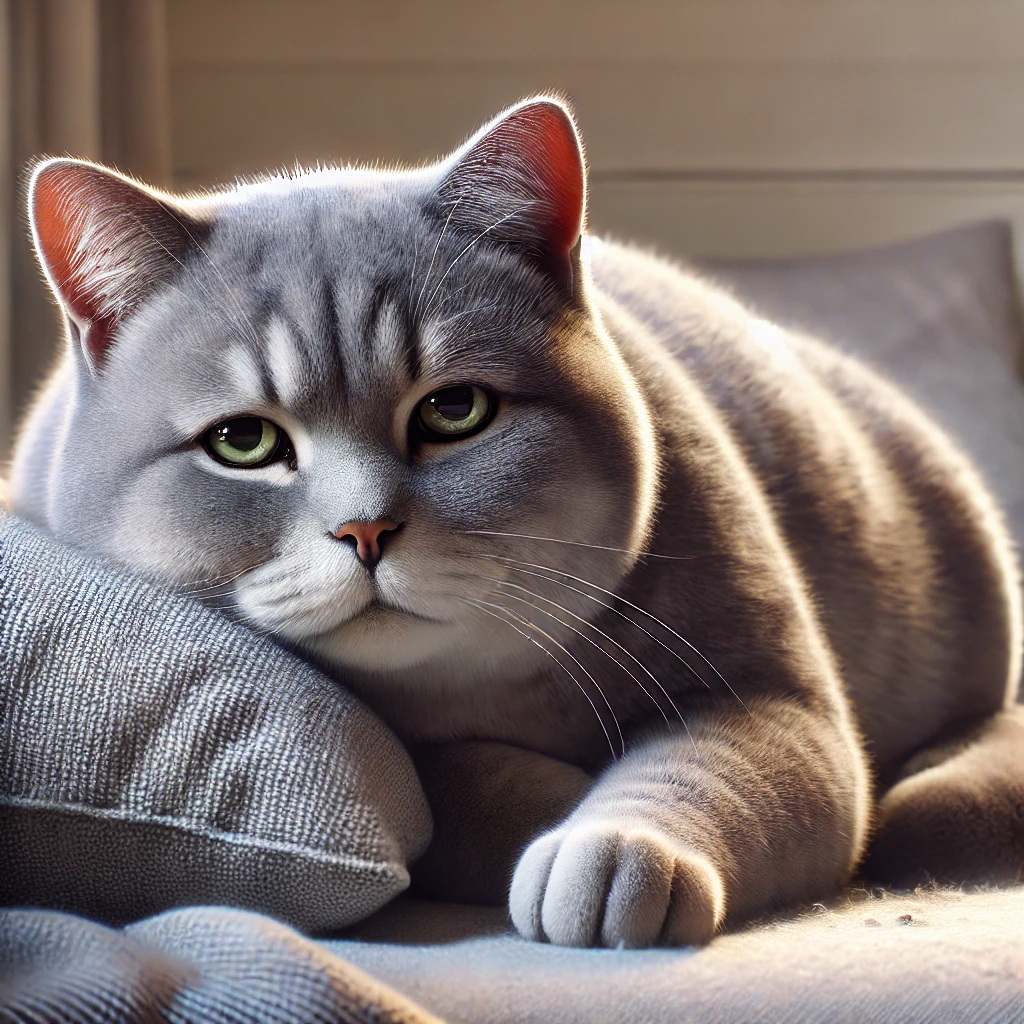
Cat vomiting is a common concern among pet owners, but it can be a source of stress when it happens repeatedly. While some causes of vomiting in cats are harmless, others may indicate more serious underlying health issues. This article will cover all aspects of cat vomiting, including the causes, types, and what you should do if your cat is vomiting, offering a comprehensive guide for concerned cat owners.
What is Cat Vomiting?
Vomiting in cats is the forceful expulsion of stomach contents through the mouth. It can be caused by a wide variety of factors ranging from dietary issues to medical conditions. Understanding the difference between vomiting and regurgitation is essential because regurgitation typically occurs passively and is usually related to issues like eating too quickly, while cat vomiting often involves a more complex physiological response.
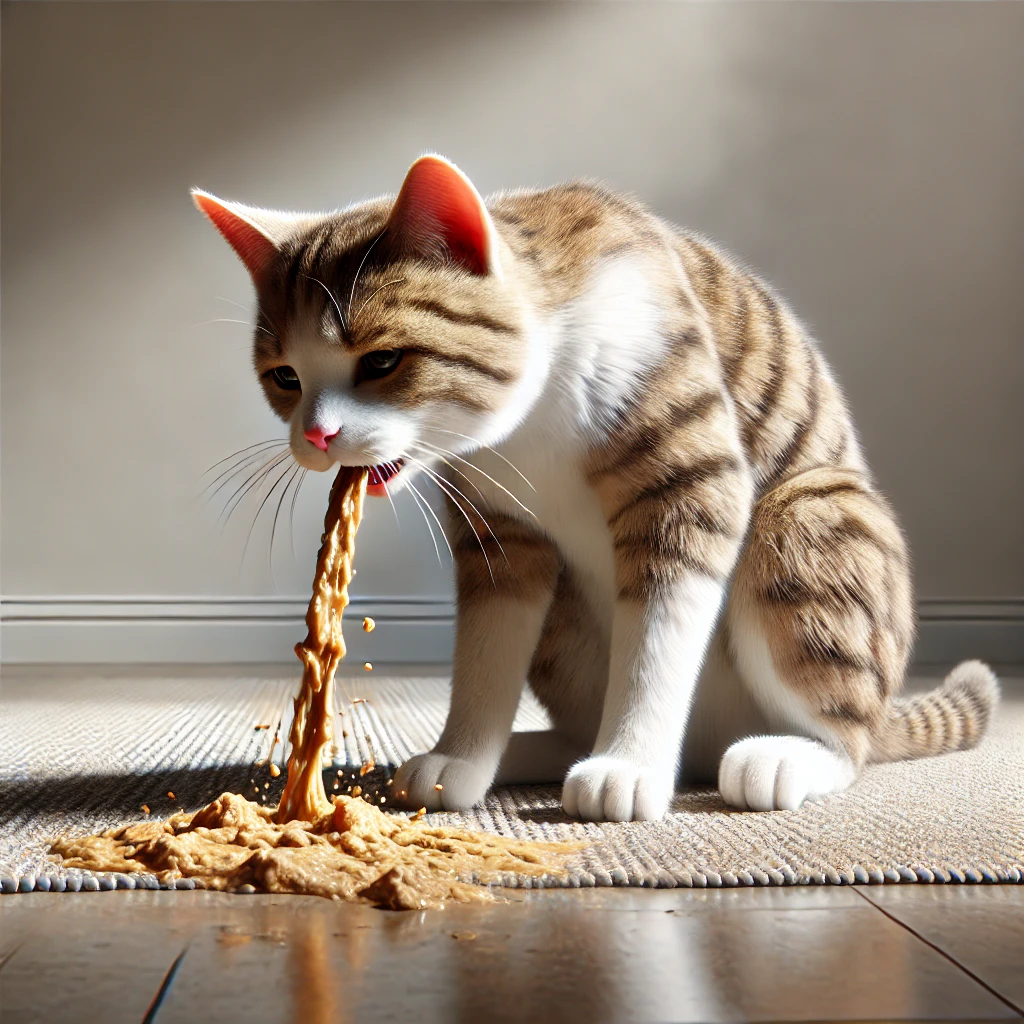
Common Causes of Cat Vomiting
Cat vomiting can be triggered by several factors. Below are some of the most common causes:
| Cause | Percentage |
|---|
| Hairballs | 30% |
| Dietary Issues | 25% |
| Gastrointestinal Disorders | 20% |
| Toxins/Foreign Objects | 15% |
| Stress/Anxiety | 10% |
1. Dietary Issues and Eating Habits
- Sudden Dietary Changes: Changing your cat’s diet too quickly can lead to digestive upset, causing your cat to throw up. This can be especially problematic if you switch to a food that doesn’t agree with their stomach.
- Food Allergies and Intolerances: Food sensitivities, such as to dairy, gluten, or certain protein sources, are common culprits in cat vomiting. If your cat repeatedly throws up after eating, it could be related to food allergies.
- Overeating or Eating Too Fast: Cats who eat too much or too quickly often vomit because their stomachs become overwhelmed, leading to regurgitation or cat vomiting.
2. Hairballs
Hairballs are a significant reason for cat vomiting, particularly for long-haired cats. When a cat grooms itself, it swallows hair, which can form into a ball in the stomach. If the ball becomes large enough, the cat may vomit it up to relieve the discomfort. Some cats may vomit white foam, yellow liquid, or bile, especially after coughing.
3. Gastrointestinal Issues and Parasites
- Parasites: Intestinal worms or other gastrointestinal parasites can cause nausea and cat vomiting. This is often accompanied by diarrhea, weight loss, or a lack of appetite.
- Inflammatory Bowel Disease (IBD): Cats with chronic inflammation of the intestines or stomach lining often experience vomiting, along with other symptoms like diarrhea and weight loss.
- Other Gastrointestinal Diseases: Conditions like ulcers, pancreatitis, or tumors can lead to chronic cat vomiting, which may be severe or intermittent.
4. Toxins and Foreign Objects
Toxic substances, such as certain plants (like lilies), chemicals, or human foods (chocolate, onions, etc.), can induce cat vomiting. If your cat consumes something toxic, it’s crucial to seek veterinary help immediately. Sometimes, a cat throwing up undigested food could indicate that a foreign object is stuck in the stomach or intestines.
5. Stress and Anxiety
Cats may vomit as a response to stress or anxiety. Changes in their environment, a new pet or family member, or even a change in routine can trigger vomiting. If your cat is throwing up clear liquid frequently or shows other signs of stress, consider ways to reduce their anxiety.
Do you know?
Feline Distemper in Cats is a severe viral disease that poses a significant threat to the feline population. An in-depth look at the disease, from its symptoms and transmission to treatment and prevention is essential.
A summary of Common Causes of Cat Vomiting
| Cause | Description | Associated Symptoms |
|---|
| Dietary Issues | Sudden food changes, allergies, overeating | Vomiting after meals, regurgitation, hairballs |
| Hairballs | Swallowed hair from grooming, leading to clumps in stomach | Vomiting white foam, yellow bile, coughing |
| Gastrointestinal Disorders | Conditions like IBD, pancreatitis, parasites | Vomiting with diarrhea, weight loss, lethargy |
| Toxins/Foreign Objects | Ingestion of toxic substances or objects that obstruct digestion | Vomiting with blood, lethargy, inability to eat |
| Stress/Anxiety | Environmental changes or stress leading to digestive upset | Vomiting clear liquid, changes in behavior |
Types of Cat Vomiting
Cat vomiting can present in various ways, each with distinct patterns and causes. Here’s a look at the different types of vomiting your cat might experience:
1. Acute Vomiting
Acute vomiting happens suddenly, often once or twice, and is usually linked to a minor issue, such as overeating or a hairball. If your cat is vomiting white foam, it might indicate a reaction to stomach acids or bile.
2. Chronic Vomiting
Chronic vomiting occurs over a longer period, often due to underlying medical conditions such as gastrointestinal diseases, hyperthyroidism, or kidney disease. Cats with chronic vomiting may also experience weight loss and other health concerns. Chronic vomiting in cats should not be ignored, as it can point to a serious issue.
3. Bilious Vomiting Syndrome
In some cases, cats may vomit bile in the morning on an empty stomach. This is often due to the buildup of bile in the stomach. If your cat vomits bile, it’s important to address the cause to prevent future episodes.
4. Vomiting After Eating
If your cat vomits after eating, it could be a sign of dietary intolerance or overeating. Cats that are prone to cat vomiting after eating dry food might benefit from eating smaller, more frequent meals.
A summary of Types of Cat Vomiting
| Vomit Appearance | Possible Causes | Indication |
|---|
| Clear Liquid | Empty stomach, bile | Could be caused by stress, hunger, or hairballs. |
| White Foam | Empty stomach, nausea | Common with hairballs, gastrointestinal irritation. |
| Yellow/Bile | Stomach irritation or bile reflux | Can be from hairballs, IBD, or gastrointestinal disorders. |
| Green or Black | Stomach bleeding or severe GI issues | Serious concern, may indicate a foreign object or ulcer. |
| Undigested Food | Eating too quickly, gastrointestinal blockage | Common in cats that eat fast or have digestive issues. |
What to Do When Your Cat Vomits
Knowing what to do when your cat is vomiting can help you manage the situation and determine whether a visit to the vet is necessary. Here’s how to handle the situation:
1. Assess the Vomit and Symptoms
- Frequency: How often does your cat vomit? If it’s a one-time occurrence, it could be a minor issue, but frequent vomiting or cat vomiting multiple times could signal a more serious problem.
- Appearance: The color and consistency of the vomit can provide clues. For example, vomiting black liquid could indicate bleeding in the gastrointestinal tract, while cat vomiting white foam might suggest an empty stomach.
- Other Symptoms: Look for additional signs of distress such as lethargy, loss of appetite, or cat vomiting with diarrhea. These could indicate a more serious health problem.
2. Immediate First Aid
- Withhold Food: If your cat vomits, it’s usually a good idea to withhold food for 12-24 hours to give the stomach time to settle.
- Hydration: Ensure your cat has access to fresh water. If your cat is vomiting bile, they may be dehydrated, so it’s essential to encourage hydration.
3. When to Call the Vet
If your cat shows signs of persistent vomiting, blood in the vomit, or other concerning symptoms like lethargy or loss of appetite, consult your vet. Cats that vomit white liquid or puke mucus need medical attention, especially if the vomiting is frequent.
4. Diagnostic Process
A vet will typically perform blood tests, X-rays, or ultrasounds to diagnose the cause of cat vomiting. They may also examine your cat’s feces for parasites and check for toxins or other issues.
5. Treatment for Cat Vomiting
Depending on the cause, your vet may recommend:
- Dietary changes or prescription food to help manage gastrointestinal issues.
- Medications, including anti-nausea or deworming drugs.
- Hydration therapy, such as IV fluids or subcutaneous fluids if your cat is dehydrated from vomiting.
- Surgery may be necessary if there is an obstruction or foreign object.
Preventing Cat Vomiting
Preventing cat vomiting involves addressing potential triggers and ensuring your cat maintains a healthy lifestyle. Here’s how you can reduce the chances of your cat vomiting:
1. Proper Diet
Feeding your cat a balanced, high-quality diet is essential for preventing vomiting. Choose foods designed for your cat’s specific needs, such as those for hairball management or digestive health. If your cat throws up food a lot, consider a diet change or consult a vet.
2. Regular Grooming
If your cat is prone to hairballs, regular grooming is key to reducing the risk of cat vomiting white foam or cat vomiting yellow liquid due to hair accumulation in the stomach.
3. Parasite Control
Regular deworming and flea control are essential for preventing cat vomiting due to parasites. If your cat has been diagnosed with worms, make sure to follow the prescribed treatment plan.
4. Stress Management
A calm environment can reduce vomiting triggered by stress. Use pheromone diffusers, avoid sudden changes, and provide a consistent routine to help alleviate anxiety in your cat.
When to Worry About Cat Vomiting
While cat vomiting can be normal from time to time, there are instances when it should raise concern:
- Persistent Vomiting: If your cat is vomiting constantly or vomiting multiple times a day, it’s important to seek veterinary care.
- Blood in Vomit: Vomiting blood or a dark, black throw up is a serious sign of bleeding in the gastrointestinal tract and requires immediate medical attention.
- Other Concerning Symptoms: Vomiting accompanied by lethargy, diarrhea, or loss of appetite could indicate a more serious condition, such as pancreatitis, kidney disease, or liver failure.
Conclusion
Understanding the causes of cat vomiting and knowing what to do when it happens can help you care for your feline companion. Whether it’s caused by something as simple as hairballs or a more complex underlying medical issue, the key to managing cat vomiting is timely intervention and proper care. Always consult a veterinarian if your cat’s vomiting persists, or if it’s accompanied by concerning symptoms such as blood, severe lethargy, or loss of appetite.
By paying attention to your cat’s behavior and taking the appropriate steps to address the causes of vomiting, you can help ensure their health and well-being.
What should I do if my cat is vomiting?
Stay calm and observe the vomit to determine its appearance (e.g., food, bile, blood). Remove food for 12-24 hours but continue offering water in small amounts. Avoid any sudden dietary changes or stressors. If vomiting continues or is severe, contact your vet for advice.
Why is my cat vomiting but acting normal?
Occasional vomiting is normal in cats, especially if they are prone to hairballs or eating too quickly. Cats may vomit if they have eaten something that didn’t sit well or if they are stressed. If the vomiting is occasional and your cat remains active, eating, and drinking normally, it may not be a serious concern. However, if it becomes frequent, seek veterinary advice.
When to take a cat to the vet for vomiting?
Take your cat to the vet if vomiting is frequent, severe, or accompanied by other symptoms like lethargy, diarrhea, weight loss, blood in the vomit, or refusal to eat. Persistent vomiting lasting more than 24 hours should also be checked by a vet.
What does cat vomit look like?
Cat vomit can vary, including:
Clear liquid: Empty stomach or bile.
White foam: Often associated with an empty stomach or nausea.
Yellow bile: Indicates irritation or bile reflux.
Undigested food: Vomited shortly after eating, often due to eating too quickly.
Green/black vomit: Could indicate a serious issue like bleeding or toxins.
What color of vomit is bad for cats?
Black or dark red vomit: This can indicate blood and requires immediate veterinary attention, as it could be a sign of gastrointestinal bleeding or other serious conditions.
Green or yellow vomit: While not always serious, it can indicate bile or gastrointestinal issues and should be monitored closely.
If your cat’s vomit is any of these colors, or if it’s accompanied by other worrisome symptoms, consult a vet right away.
What are the signs of cat flu?
Cat flu (Feline upper respiratory infection) may cause symptoms such as:
Sneezing and coughing
Watery or thick discharge from the nose and eyes
Loss of appetite or reduced eating
Fever
Lethargy and depression
Conjunctivitis (eye infection) If you suspect cat flu, it’s best to get your cat checked by a vet for diagnosis and treatment.
How to treat a sick cat at home?
Keep your cat hydrated by offering water regularly. If your cat isn’t drinking, you can try offering wet food or using a syringe to hydrate (without force-feeding).
Rest and warmth: Make sure your cat has a quiet, warm place to rest away from noise and distractions.
Monitor symptoms: Watch for worsening symptoms, such as loss of appetite, vomiting, or diarrhea. If symptoms persist for more than 24 hours, consult your vet.
Bland diet: For mild gastrointestinal issues, you can feed your cat a bland diet (like boiled chicken or plain rice) after withholding food for a short time.
What are the symptoms of a cat with a virus?
Symptoms of a viral infection in cats can vary, but common signs include:
Fever
Loss of appetite or refusal to eat
Lethargy or depression
Coughing, sneezing, or nasal discharge (for respiratory viruses)
Vomiting and diarrhea
Dehydration If you notice these symptoms, especially when they persist, visit your vet for proper diagnosis and treatment.
Do cats heal themselves when sick?
Cats do have self-healing instincts, but they may hide signs of illness due to their instinct to protect themselves. While some minor illnesses (like mild upset stomachs) may resolve on their own, more serious conditions often require veterinary intervention. If your cat is unwell and showing persistent or severe symptoms, it’s best to consult a vet for treatment.



